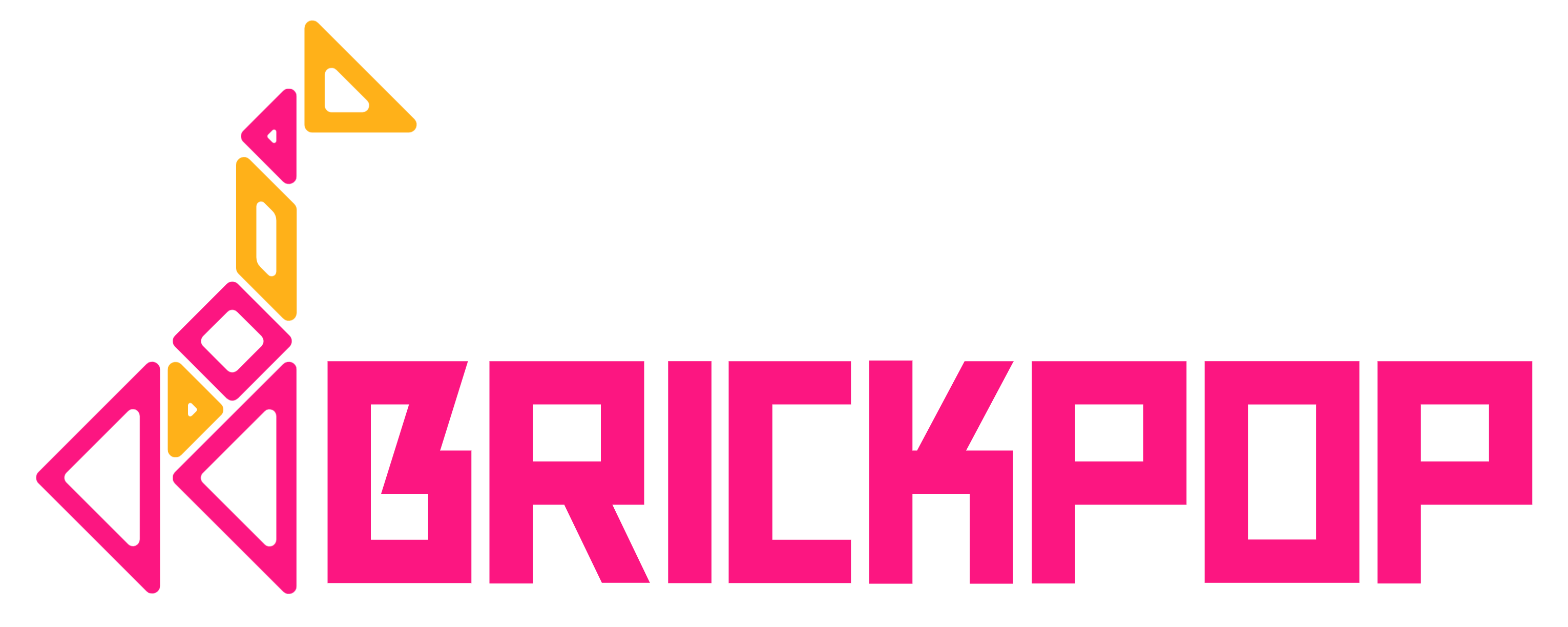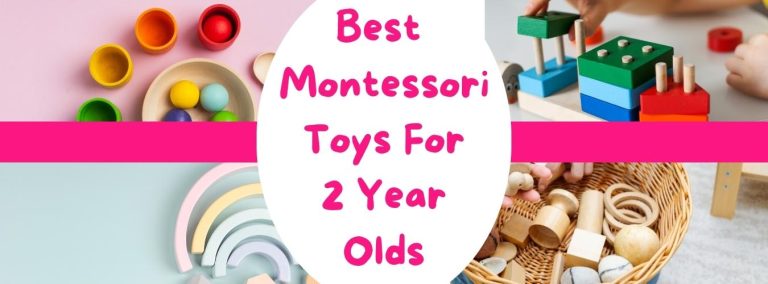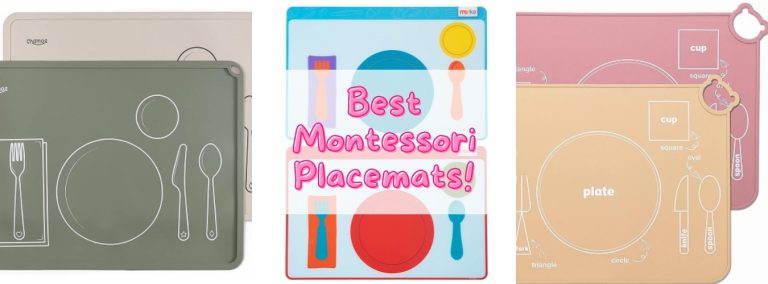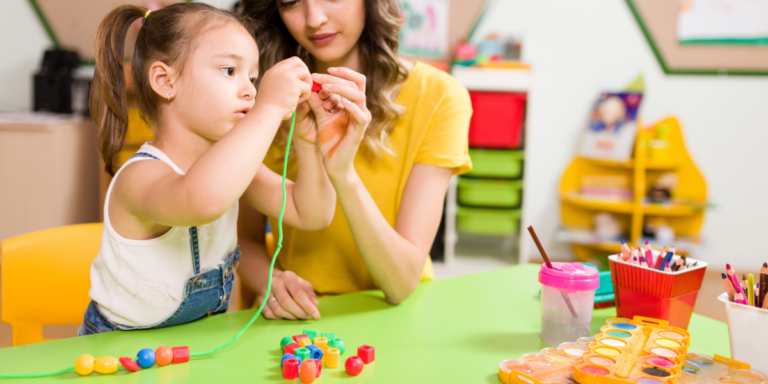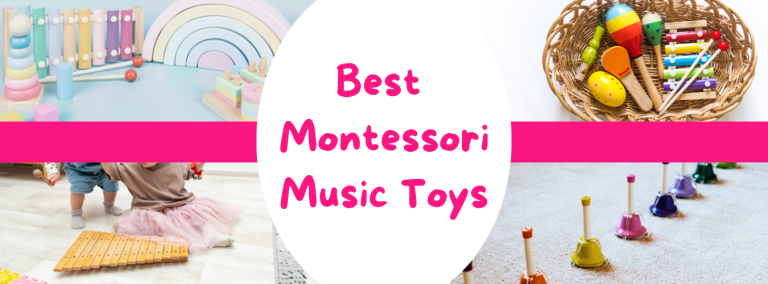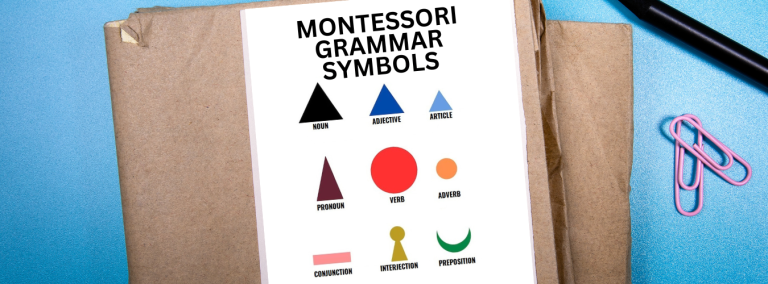Montessori Play Gyms
As a parent of twin toddler boys, I’m always looking for ways to keep them engaged and learning. From the moment they wake up, they are looking for ways to occupy themselves. While they were 6 months old, my wife and I got them a Montessori play gym because they love to climb and they have a lot of energy. The moment I set up a Montessori-inspired play gym in our living room, my twins loved it. They have been exploring, interacting, and playing with the various hanging toys. Given how much they love their Montessori gym, I wanted to share the benefits and how you can either buy a play gym or create one for your own little one.
What Are Montessori Play Gyms?
Montessori play gyms are activity centers that promote self-directed learning. Kids can learn through interactive sensory play and independent movement. Typically, they consist of a floor mat or blanket with suspended toys hanging overhead from arches or a standalone frame. The hanging elements allow babies to reach, grasp, swat, and interact with a variety of textures, sounds, shapes, and materials. This engages their senses, develops gross motor skills, hand-eye coordination, problem-solving, and more. Montessori play gyms are often arranged so toys are positioned from left to right based on difficulty, encouraging babies to develop new skills. The open-access design allows freedom of movement and exploration without confining babies.
5 Key Benefits of Montessori Play Gyms
1. Develops Motor Skills For Kids
Reaching, grasping, pulling, pushing, and batting at the hanging toys builds strength, coordination, and dexterity. This promotes major milestones like rolling over, sitting up, crawling, and standing.
2. Sensory Stimulation
A diversity of colors, patterns, textures, sounds, and shapes engages the senses and promotes brain development. Babies can explore what each object feels, looks, and sounds like.
3. Hand-Eye Coordination
Tracking and grabbing moving toys is excellent practice for hand-eye coordination, setting the foundation for later milestones like self-feeding.
4. Problem-Solving Skills
Figuring out how to activate sound/light up toys or manipulate moveable parts promotes critical thinking and reasoning skills.
5. Self-Directed Learning
Open access and freedom to interact at their own pace allow babies to take charge of their own learning based on interests. This boosts independence and self-confidence.
Montessori Play Gym Ages
Montessori Play Gyms for 0-12 Months
The first year of a baby’s life is filled with major physical and cognitive milestones. Babies go from lying down to rolling over, sitting up, crawling, and eventually walking. Montessori play gyms are ideal for providing a safe and stimulating place for babies to develop during this first year.
For newborns, a basic padded mat is sufficient. As the baby starts reaching and grabbing at around 3 months old, hanging toys with different colors, textures, and sounds are ideal. The mat and hanging toys encourage tummy time, reaching, grasping, and visual tracking. Around 6 months, babies start actively reaching for and batting at the hanging toys which helps develop hand-eye coordination and motor skills.
As babies learn to roll over, sit up, and eventually crawl near 9-12 months, padded floor gyms allow them to explore their new mobility safely. Low-hanging toys, mirrors, and crinkly books entice them to move around the mat.
Montessori Play Gyms for 1-2 Years Old
In the second year, toddlers are on the move as they perfect walking. They also love to climb. Montessori play gyms help encourage this mobility and independence in a secure, engaging way.
Open cubes, ramps, and ladders invite toddlers to practice walking up and down. Low horizontal ladders and wide steps are ideal for early walkers. As balance and coordination improve, play gyms can include taller ladders, hanging rings, and arched bridges. Sturdy play cubes with cut-out shapes foster imaginative play. Slides, ball runs, and swings also delight toddlers as they test out cause and effect.
Montessori Play Gyms for 3-5 Years Old
Between ages 3-5 years, children develop more independence and eventually, they give up naptime. Their physical agility, balance, and coordination also improve. Montessori environments cater to this growing confidence and capability.
Play gyms feature more complex climbing structures with cargo nets, rock walls, crossover bridges, and taller towers. The key is providing engaging, hands-on materials that children can independently access. Play gyms strike the perfect balance between safety and just-right challenges to keep preschoolers learning through active, freedom of movement. With proper supervision, these multi-level structures encourage risk-taking, problem-solving, focusing, and executive function.
Key Features of Montessori Baby Gyms
For infants under 6 months, tailor gyms with these baby-friendly features:
- Focus on high contrast, black and white designs initially, then add color and pattern variety.
- Hang lightweight, soft, fabric toys within reach for grasping and batting. Avoid anything hard, heavy, or distracting.
- Incorporate different sounds like rattles, crinkly toys, and musical toys to stimulate hearing.
- Install an unbreakable baby-safe mirror front and center for self-discovery.
- Use cotton, silk, or wool for handmade elements—varied textures are ideal.
- Create an organized left-to-right flow from simple to more complex toys.
DIY Tips for Montessori Play Gyms at Home
You don’t need to spend a fortune on fancy Montessori gyms. Many parents make their own using materials around the house! Follow these DIY tips:
- Suspend toys from wooden embroidery hoops, hangers, pants clamp racks, or ribbons. Vary heights for milestone progression.
- Cut holes in cardboard boxes, and feed soft toys through for an instant interactive gym.
- Tie knots or ribbons around baby-safe household items to hang – kitchen utensils, plastic chain links, shower curtain rings, etc.
- Use Velcro or ribbon to attach engaging textures – sandpaper, silk, teething toys, rattle, foil gum wrappers.
- Recycle empty Kleenex boxes, formula lids, and tape rolls, and fill them with bells, beans, or beads for sound variety.
- Print black and white geometric shapes or high-contrast images and hang them with a ribbon.
Different Types of Montessori Play Gyms
From portable play mats to ceiling-suspended frames, Montessori play gyms come in many styles. No matter which style you choose, look for high-quality materials, versatility, and open access for freedom of movement. Prioritize interchangeable accessories so you can modify toys, textures, sights, and sounds as your baby’s skills progress. Here are some top options:
Play Mats
A quilt or mat is laid on the floor with an arched stand to hang toys from. Easy to roll up and convenient for small spaces.
Triangle Play Gyms
Triangle wood frame that fits in corners to maximize play space and display hanging toys.
Activity Centers
Freestanding circular units with built-in toy bar arches for hanging toys and sitting baby in the center. More structured.
Play Yards
Large rectangular-shaped yard with a full overhead canopy of dangling toys for endless exploration while crawling or sitting up. Offers protective boundaries.
Conclusion
Montessori play gyms are a great way to foster learning, motor skills, sensory development, and independent play from the newborn stage to the toddler stage. They are designed with milestones in mind, these activity centers allow babies to take charge of their own development. With a mix of textures, sounds, colors, and challenges, Montessori gyms provide endless opportunities for self-directed exploration and discovery. Whether you purchase a play gym or go the DIY Montessori play gym route, I hope this overview inspires you to purchase one. My twin boys have loved using their Montessori gym and my younger daughter is now using it as well. I have no doubt your little one will love one too!
